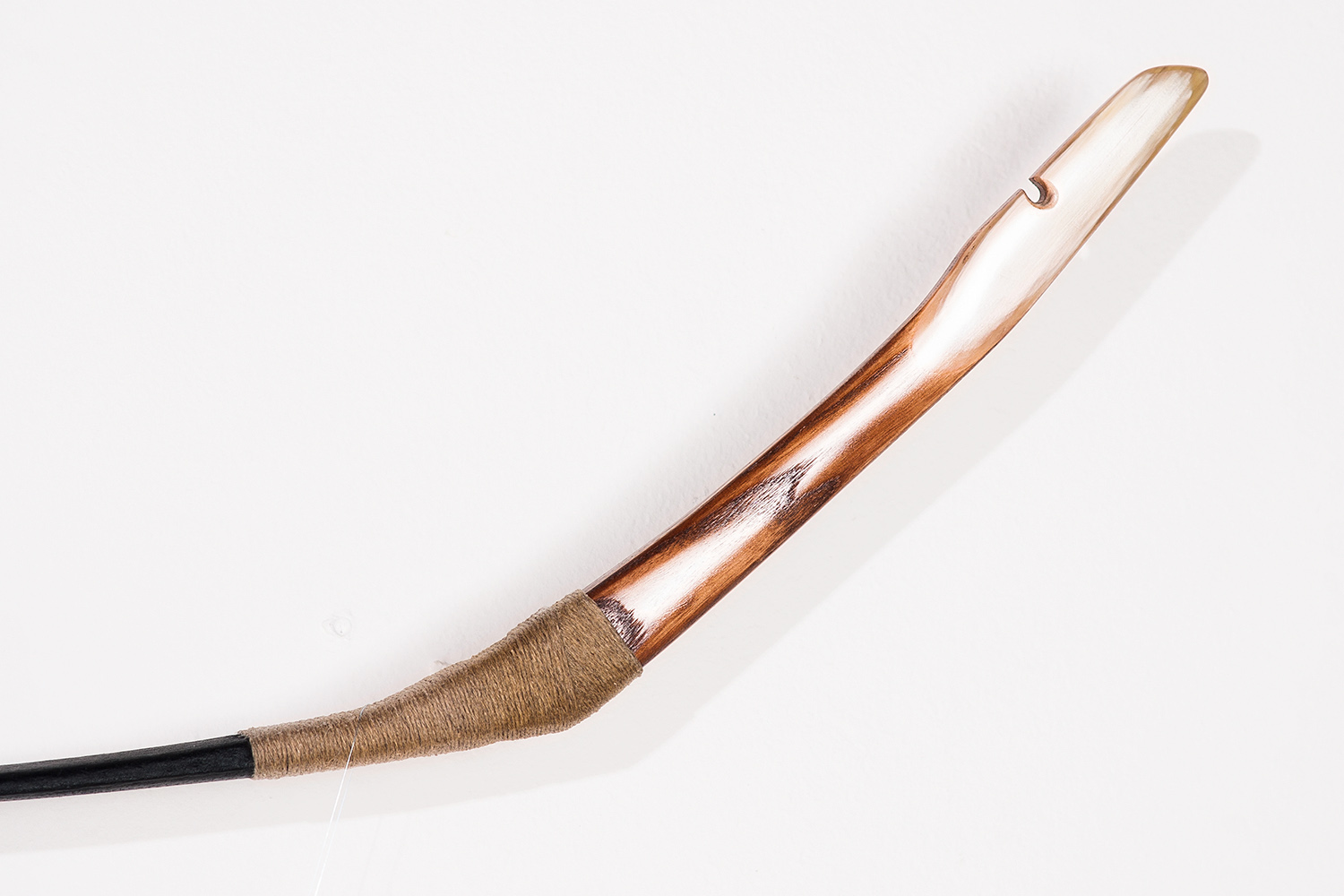BASED ON WHAT, HOW CAN WE RECONSTRUCT THE HUNGARIAN COMPOSITE HORN BOW BEFORE 1000 AD?
Although Avar and Hungarian bows have not survived and their authentic markings are not known, fairly good reconstructions can be made of them. How is this possible? The secret is that from the stiffening plates made of animal horns found in graves, the skilled eye can deduce many otherwise destroyed parts of the bow, and knowing the general operating principles of reflex bows can lead to professionally founded reconstructions…
The reconstruction of the Hungarian bow from the time of the Hungarian conquest is indeed a challenge, since the original bows have not survived and have no authentic pictorial or written description. However, researchers and experts use many methods to reconstruct these bows.
The primary sources are the remains found in graves, especially horn braces. Plates of horn, which were used to make bows durable, often survive in graves and carry important information about the structure and design of the bow. Based on the stiffeners found, experts draw conclusions about other parts of the bow, such as the levers, the grip and the bow tip.
In addition, knowledge of the general operation of reflex bows also helps in reconstruction. Reflex bows are a type of bow where the levers curve backwards. As a result, there is more energy storage and more efficient discharge of the bow projectile. Based on the operational principles of reflex bows and contemporary shooting techniques, the experts draw conclusions regarding the properties and design of Hungarian bows from the time of the conquest.
In addition, other data are taken into account, such as contemporary descriptions of bows from other cultures, information from contacts with the Hungarians, and other objects that can help in the reconstruction, such as other contemporary weapons or decorative elements.
It is important to emphasize that reconstructions are always scientific estimates and conclusions based on available information and data. Although great efforts are made to produce the most accurate reconstructions possible, uncertainty may always remain and the bows produced may be partly speculative.
In the reconstruction of the bow, other sources are also taken into account, such as contemporary descriptions of bows from other cultures, information from contacts with the Hungarians, and other objects and decorative elements that can help in understanding the design of the bow.






